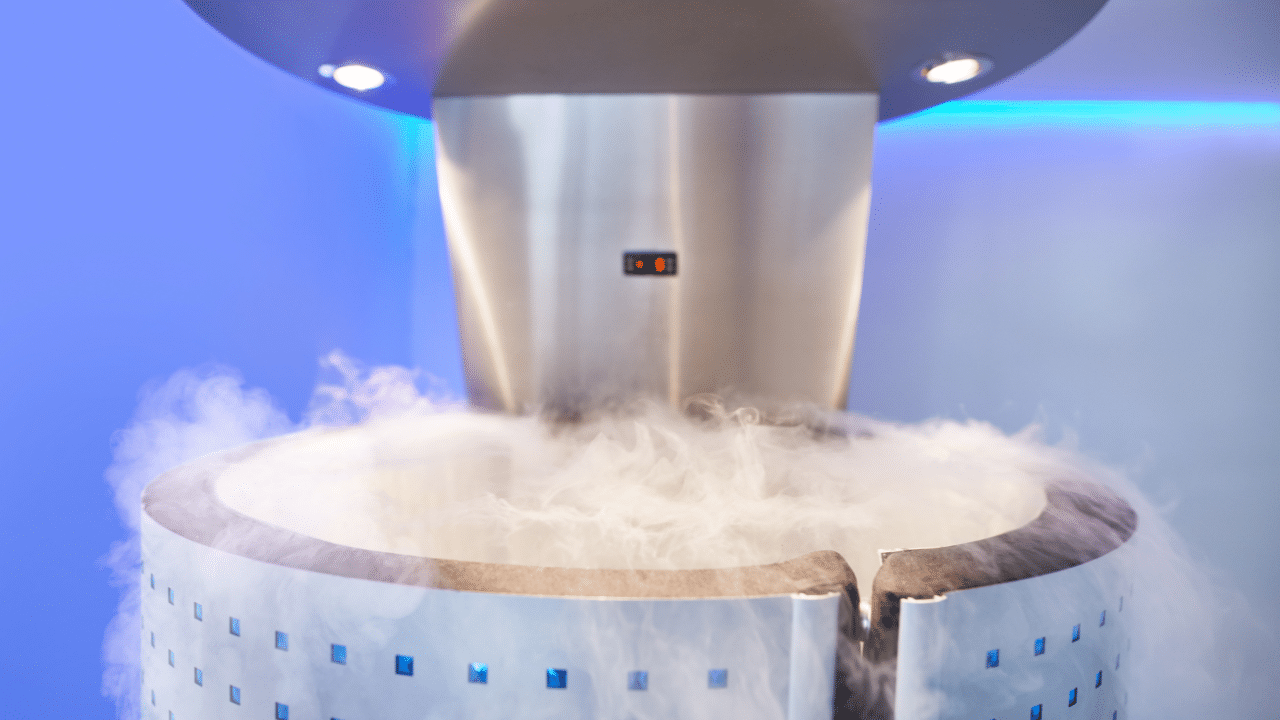
The Effects of Cryotherapy on Vascular Health
Cryotherapy, the practice of exposing the body to extremely cold temperatures for therapeutic purposes, has gained popularity for its potential health benefits, including its effects on the vascular system. This treatment can trigger significant changes in blood flow and circulation, both during and after exposure.
When exposed to intense cold, your body initiates several immediate vascular responses:
- Blood vessels near the skin’s surface constrict to reduce heat loss
- Blood flow increases to vital organs to maintain core temperature
- The body releases anti-inflammatory compounds
- Circulation speeds up to protect tissues from cold damage
- Endorphins are released, providing natural pain relief
- Metabolism temporarily increases to generate heat
- Blood oxygen levels may improve after treatment
Following the cold exposure, blood vessels rapidly dilate, creating a rush of circulation throughout the body. This process, known as vasodilation, can help flush out inflammatory compounds and promote healing in various tissues. The contrasting constriction and dilation of blood vessels may help improve their overall function and elasticity.
However, cryotherapy isn’t suitable for everyone. People with certain vascular conditions, Raynaud’s syndrome, or poor circulation should exercise caution. The intense cold can potentially exacerbate existing circulation problems or trigger adverse reactions in sensitive individuals.
Before trying cryotherapy, especially if you have any vascular health concerns, consult with a specialist. Our vascular experts can evaluate your circulation and determine if cryotherapy is safe for your specific situation. We’ll assess your vascular health and provide personalized recommendations for treatments that can benefit your circulation while keeping you safe. Don’t experiment with extreme cold therapy without proper medical guidance – schedule a consultation to learn if cryotherapy could be right for you.
Disclaimer: The contents of the Pinnacle Vein and Vascular Center site, such as text, graphics, images, and other material contained on the PVVC site (“content”) are for informational purposes only. The content is not intended to be a substitute for professional medical advice, diagnosis, or treatment. Always seek the advice of your physician or other qualified health provider with any questions you may have regarding a medical condition. Never disregard professional medical advice or delay in seeking it because of something you have read on the Pinnacle Vein and Vascular Center site.
